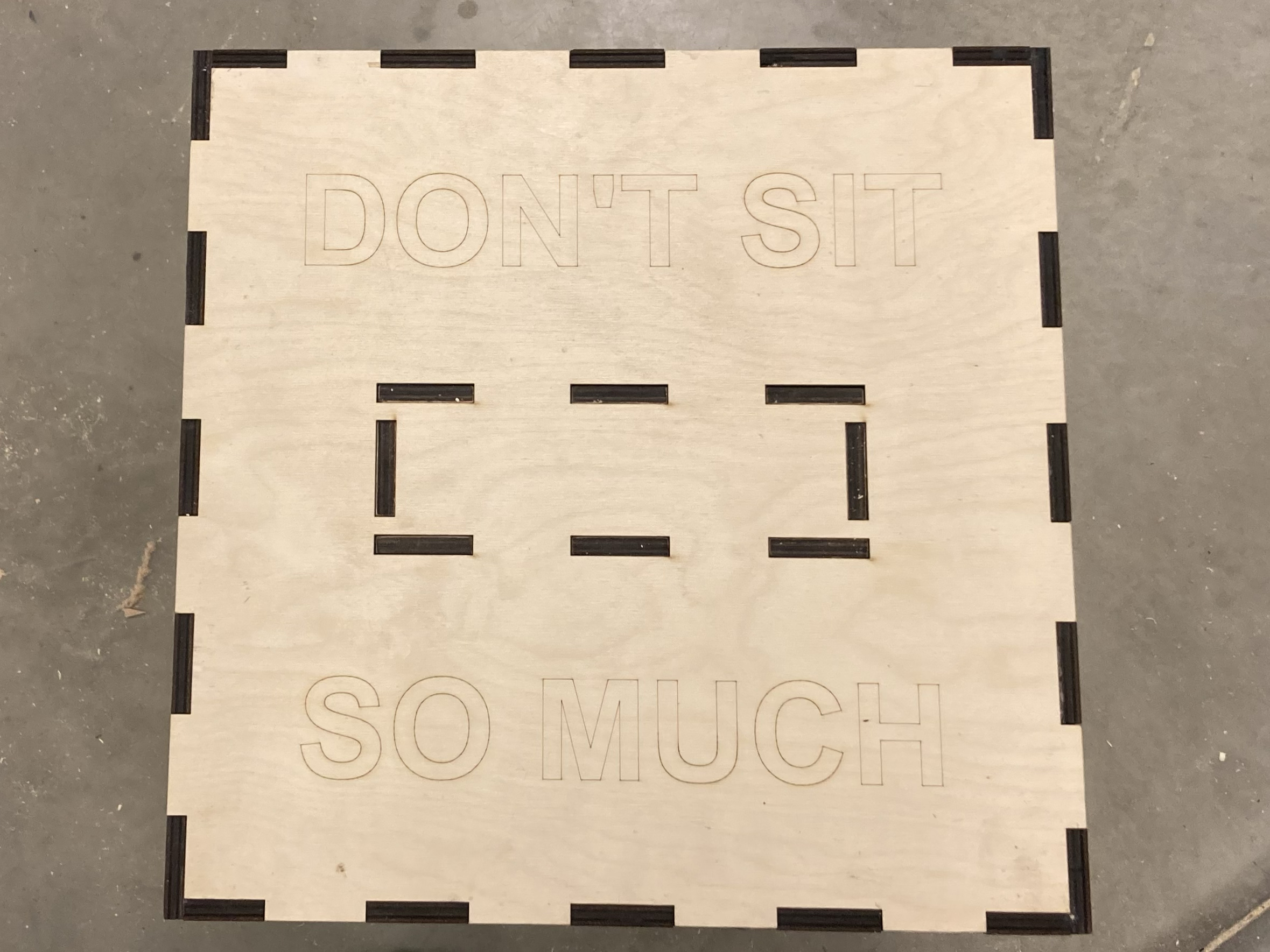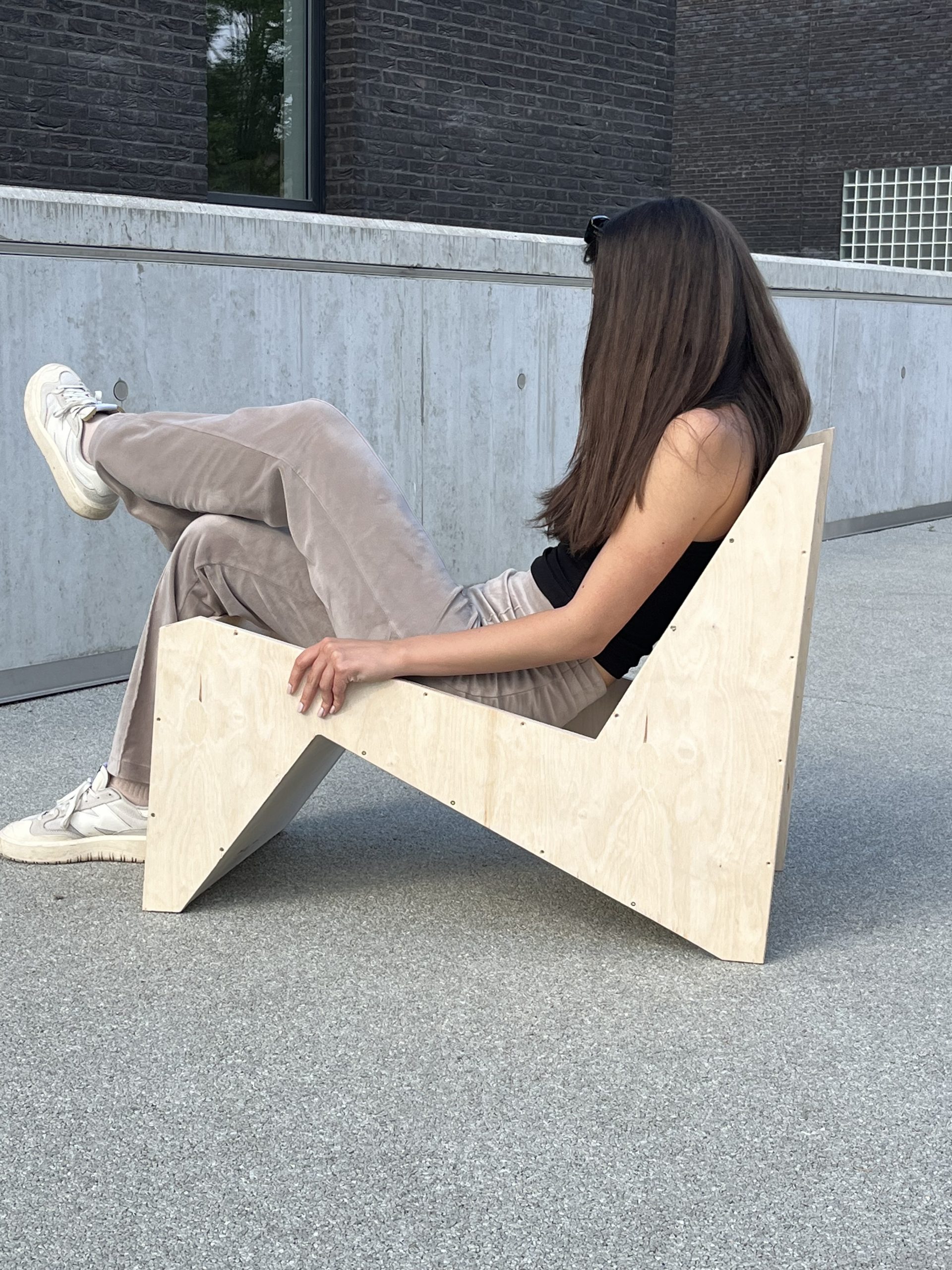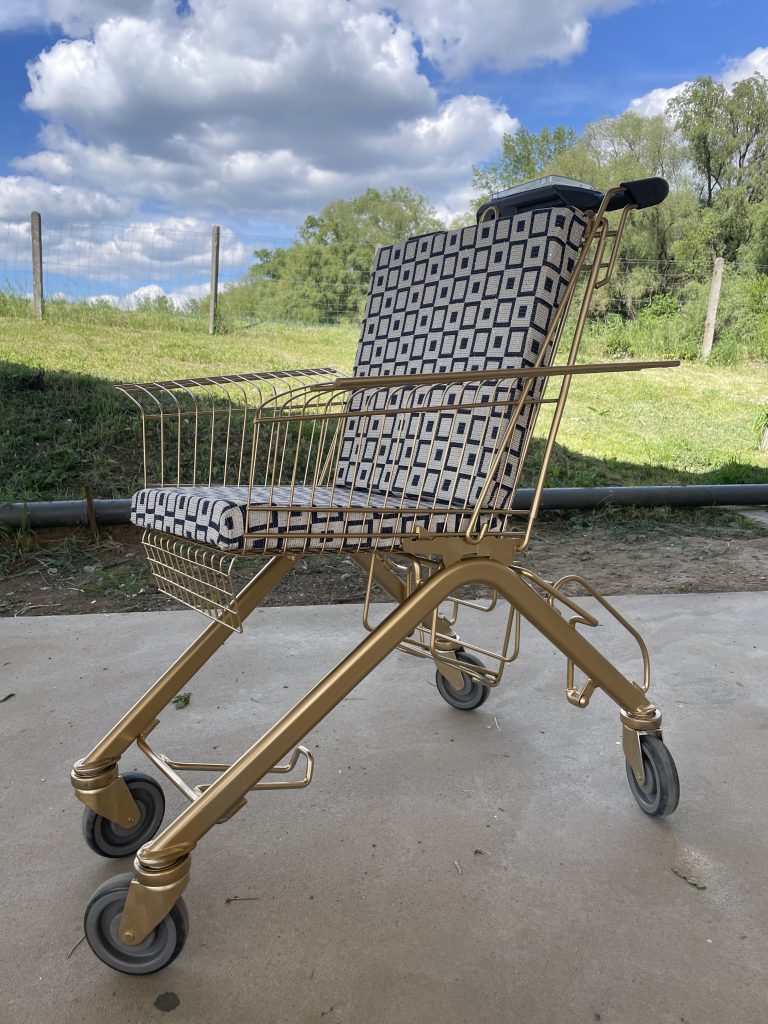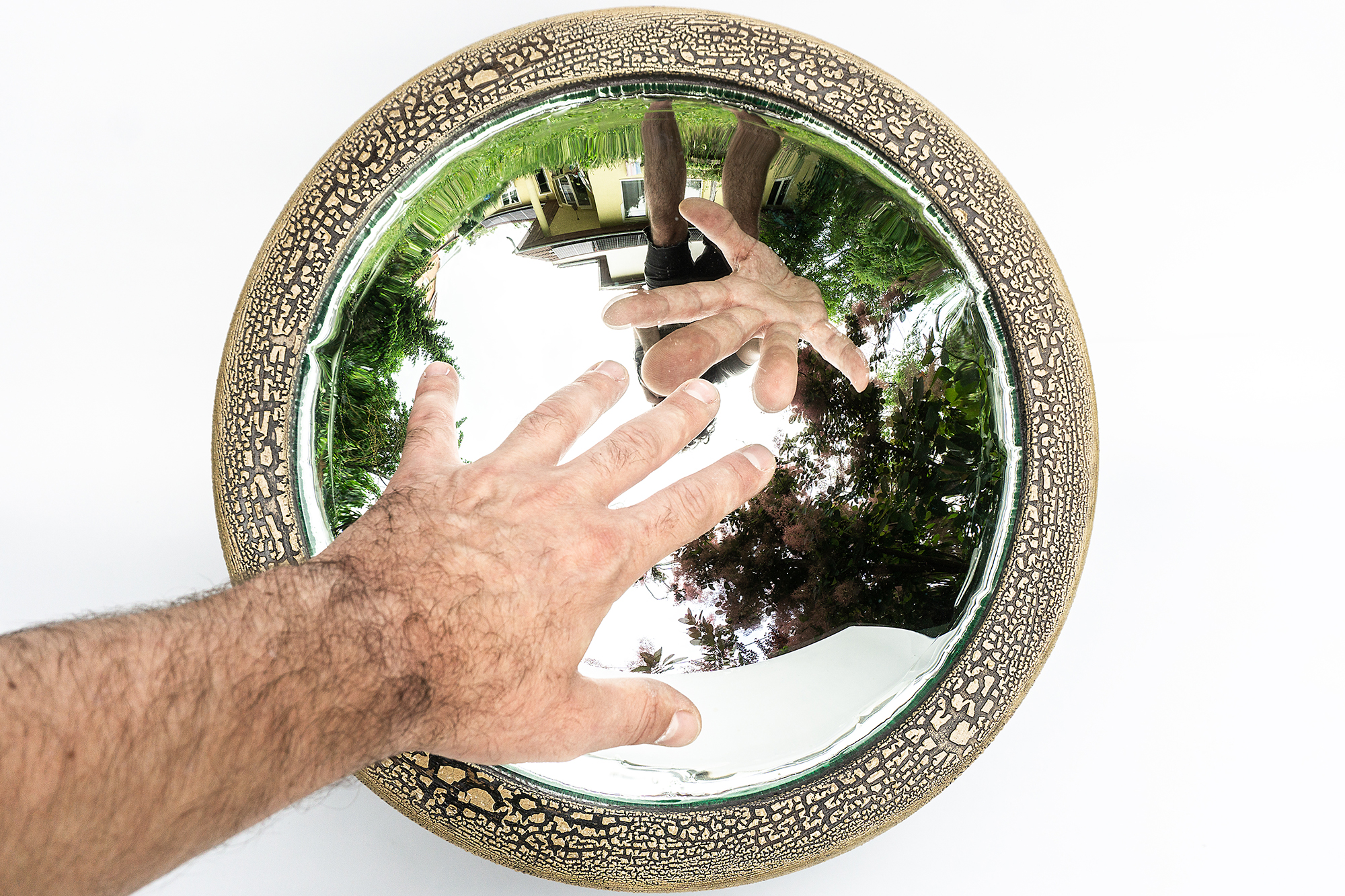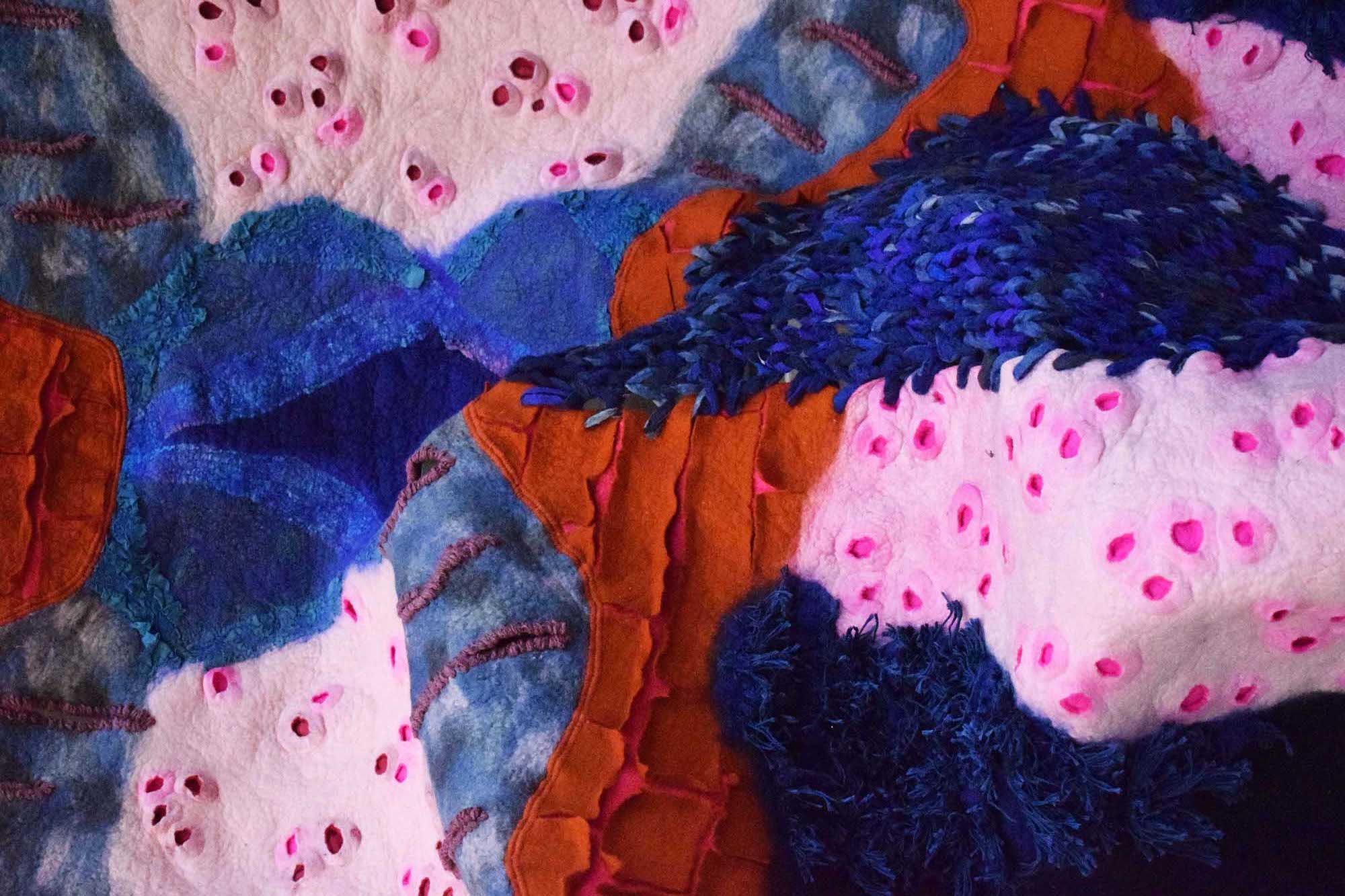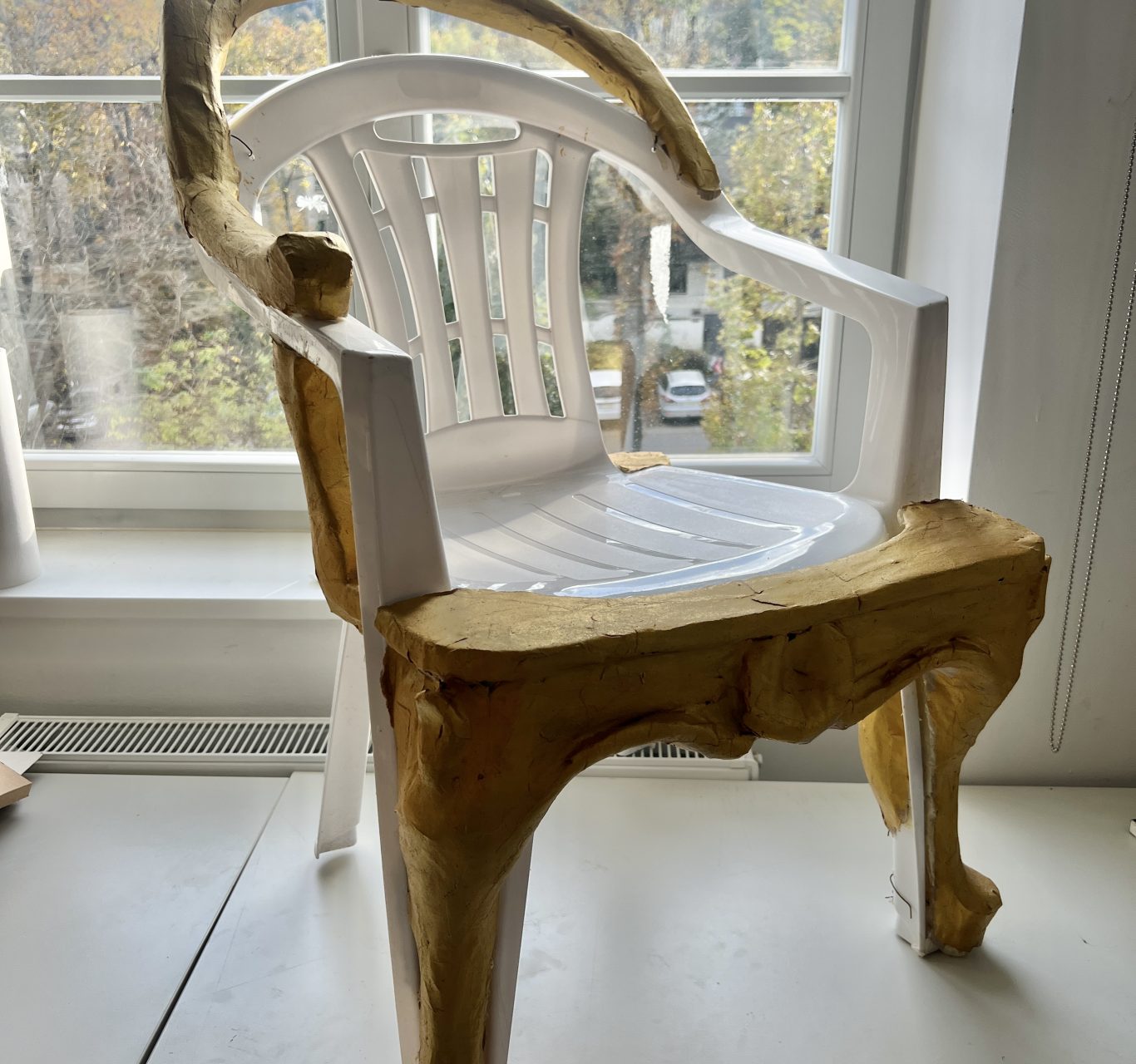

The extremes of sitting – Conceptual chairs from a critical perspective
How many hours a day do we spend sitting? This question has been widely studied in healthcare, ergonomics, and psychology, as well as design. MOME Architecture students explored various dimensions of sitting, whether on a chair, bench, couch, or vehicles in an experimental workshop, approaching the subject not just with the tools of design but also humour and criticism. Here are 5 of the resulting thought-provoking solutions, from a modular seating system to a shopping cart armchair.
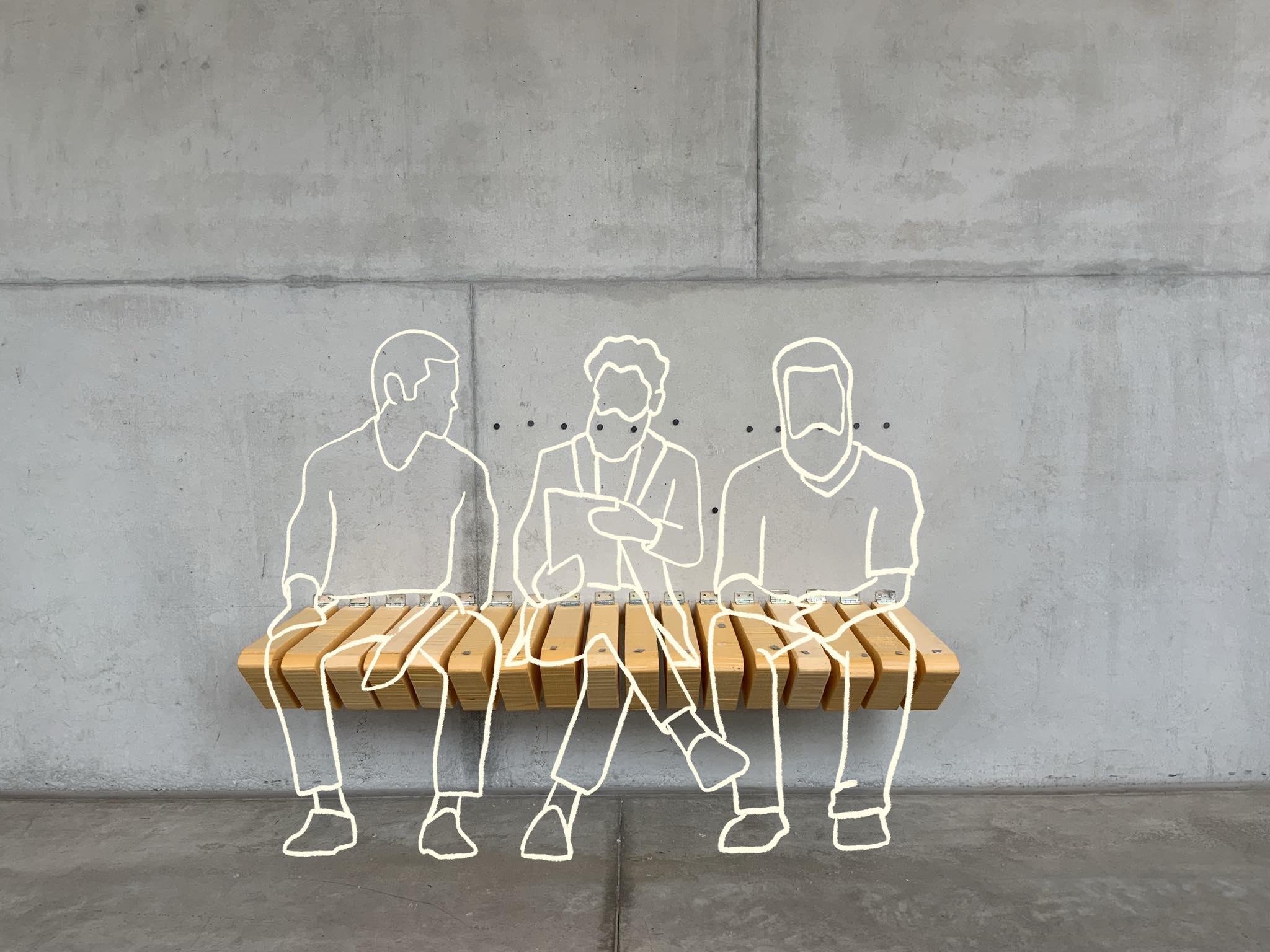
Bipedalism had some interesting physiological consequences. Throughout the history of human evolution, standing and lying positions became further apart spatially, which gave rise to sitting as the third position. People spend one third of their lives sitting, whether at work at their desk, eating, driving, relaxing, or at social events. Beyond primary healthcare considerations and basic physiological needs, “who does the sitting, when and how has expressed and will continue to signal interpersonal communication, and social, power, and emotional ties across the globe. The position we sit in tells a lot about both our character and the situation. It can vary whether we are at a meeting, at the theatre, in front of the TV in the armchair, or during meditation”[1] But what happens when we want to reconceptualise familiar conventions of sitting through objects?
The core message of Zalán Fazekas’s project is that that the amount and frequency of the exercise we get is diminishing, largely contributing to the increase of obesity in many countries, which poses a major issue. Less exercise, more weight, to put it simply. Although Zalán’s chair might appear rigid and functional at first glance, above a certain weight it loses stability and collapses- The message is loud and clear: we should avoid sitting a lot.

Tünde Szabó’s design is a modular seating system that can be flexibly adjusted to fluctuations in space use in public transportation and different passenger needs. Conventional solutions make less allowance for ultra short journeys largely lasting 2 to 15 minutes and are used by a group with very different characteristics – people travelling alone or with children, wheelchair users, or even passengers with a varying range of mobility or body shapes. During peak hours, for optimal use of space and maintaining personal distance we prefer to travel standing, while in less busy periods we tend to choose sitting. Tünde divided the seats into smaller units that can be folded up or down to save space.
Boglárka Tóth’s design chiefly reflects on the slouchy sitting position most commonly seen among young people. Relaxed but comfortable versus ideal but strained – the furniture is a cross between the two diametrically opposed postures. The 130-degree angle provides for the most comfortable position, while the other one is narrower but also more uncomfortable. The lesson being that social norm-compliant postures are not necessarily satisfying or preferable on an individual level.
Anna Ottlik’s first memories of uncomfortable sitting are associated with shopping carts. As we grow older, the privilege of shopping while sitting, whether unbearable or enjoyable, is permanently removed, and the only shopping we get to do sitting down is online. The conceptual object reflects on this paradox with its upholstered seat and backrest, and in a straightforward manner was named Online shopping cart.
Levente Sáros’s Baroque monoblock is a piece lending itself for interpretation as a work of fine art first, seat second. The combination of common garden chair and heavily ornamented Baroque chair stands for both extremes in man-made chairs. Cheap junk and luxury, when rolled into one are twisted and funny. Possible readings include criticism of our changing world, a cultural pessimistic gesture, or a caricature of construction industry interventions of dubious quality. Whatever the case, one thing is certain: it is definitely thought-provoking, just like the rest of the concepts.
// /
[1] István Juhász: The dignity of sitting, DLA thesis
The projects were completed at the Architecture BA programme of the Moholy-Nagy University of Art and Design, with Péter Pozsár and Bence Dobos as consultants.

